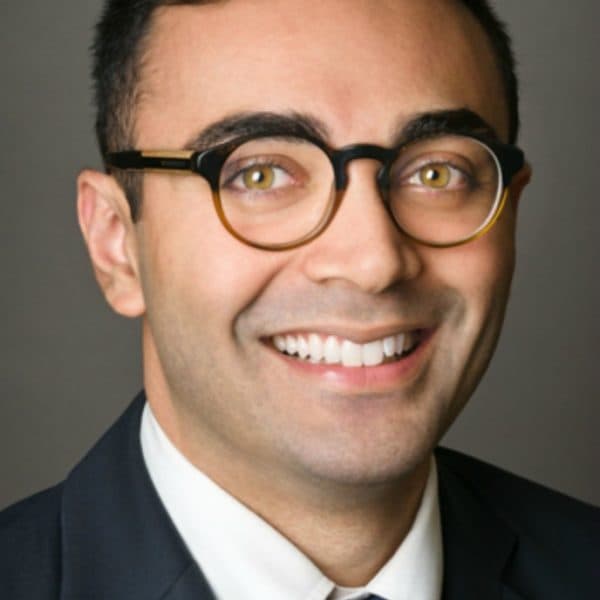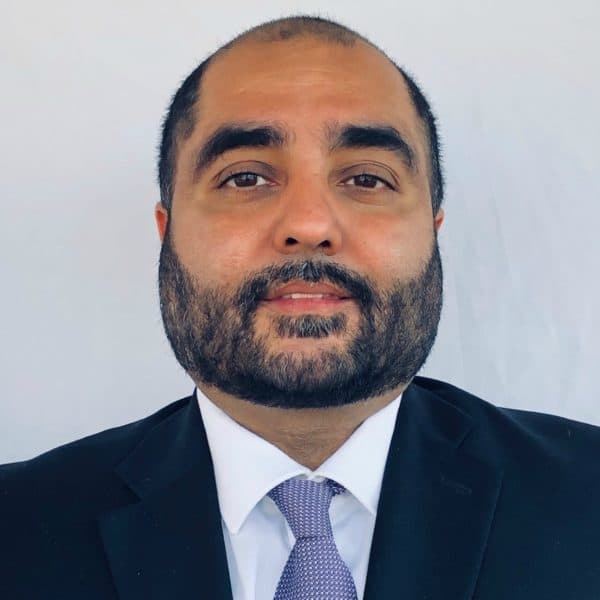Advertisement
Commentary
It's Easy To Say, 'Wear A Mask'. But People Need More Advice On Managing The Risk Of COVID-19

A few weeks ago, while one of us was walking down the street, wearing a mask, a gentleman, also masked, jumped out of the way as he passed by. We suspect that he was trying to stay six feet apart for even that fleeting moment outside. As physicians and COVID-19 researchers, we know that the risk of transmission in that scenario was almost zero. And yet, we can’t blame him.
Throughout the country, the public health communications around COVID-19 control has centered on slogans, such as “six feet apart” and “Wear a mask,” without much further context. This guidance has left the general public with little choice but to make assumptions of when, where and how to apply these easy-to-remember but easy-to-misinterpret recommendations. This has left some people wearing masks outside, but taking them off indoors, where transmission is nearly twenty times higher. Or to think of 6 feet as completely sufficient, when, in fact, aerosols can travel further than 6 feet, especially in close quarters with poor ventilation or inadequate air exchanges, as was thought to have caused a recently reported outbreak on a bus in China.
Eight months into this pandemic, we need better and more specific guidance for people on how to live safely and to weigh risks effectively. A big part of this is collecting data on transmission more efficiently, largely through contact tracing efforts and outbreak investigations. That transmission data needs to then be communicated in a timely manner to the public in ways that they can understand and apply to their own lives.
People care about the science — but even more, they care about how to apply it to protect themselves. Although some of the data we need for this already exists, it's not being used as well as it could throughout the country.
For instance, in Massachusetts, there was recently a major outbreak among the staff at Baystate Medical Center. One person who had recently traveled out of town and returned to work without getting tested took his mask off during an indoor break. He inadvertently infected other staff members, who also took off their masks and didn't stay socially distant, despite hospital rules. The outbreak shows that transmission can still happen even when people know the oft-repeated tenets of prevention, such as wearing a mask and practicing physical distancing — if they are unaware of or inattentive to where, when and how to implement those guidelines.
The reality is that COVID-19 transmission can and does happen when we least expect it, despite our best intentions. By learning from these transmissions, we can do better at preventing them from happening again. It’s important to remember that even prior to COVID-19, almost no public health intervention has ever been carried out perfectly. So transmission can and may happen to us even with precautions in place — all the more reason to avoid blaming or shaming those who become infected.
Advertisement
Ultimately, people are yearning for more data. The few scattered media reports and journal articles that discuss outbreaks in churches, camps, schools, buses, parties, weddings and more are eye-catching, but provide primarily anecdotal evidence that is amenable to tweets and gossip, but cannot always be generalized. However, anecdotes in aggregate can help identify the main patterns of transmission, and what interventions are most important. This can also help scientists better understand what extent of transmission happens by different means, such as droplets, aerosols, fomites, or stool.
This data needs to be collected, organized, analyzed and, ultimately, shared by local boards of health through communications campaigns using various platforms and voices, including celebrities, athletes, musicians and others to help reach as many people as possible. They should also use a variety of methods, including audio, video, images and more. In Massachusetts, the #MaskUpMA campaign is an important effort that has been doing this already — but a nationwide effort is still needed. Even so, more detailed data on how transmission is happening in each state and county could likely help.
Proactive campaigns with outreach into vulnerable communities among whom transmission is highest must be a central part of any winning communications strategy. While people need to mask up and stay 6 feet apart as much as possible, there is so much more they must understand about COVID-19 transmission before they can begin to make more informed choices about what is and isn’t safe.

